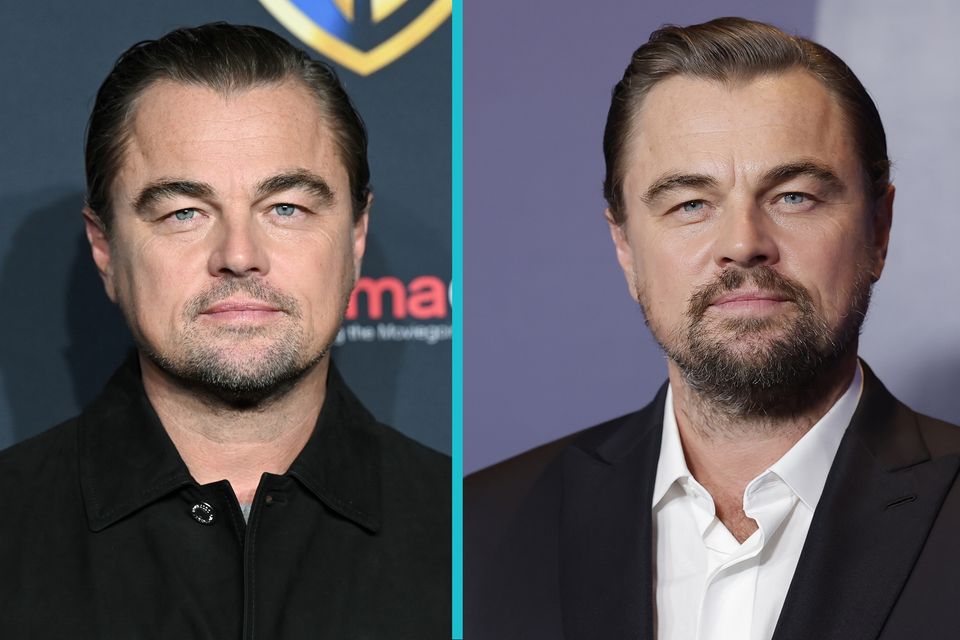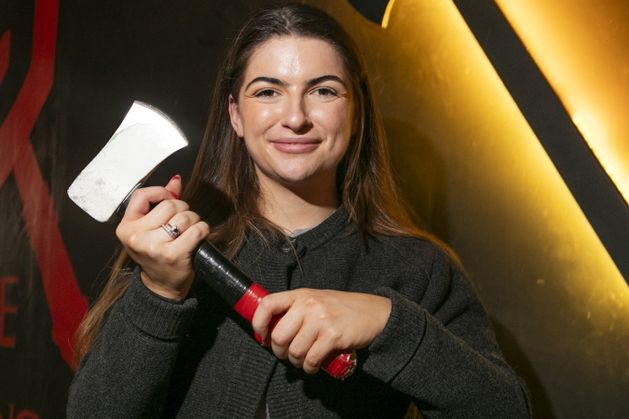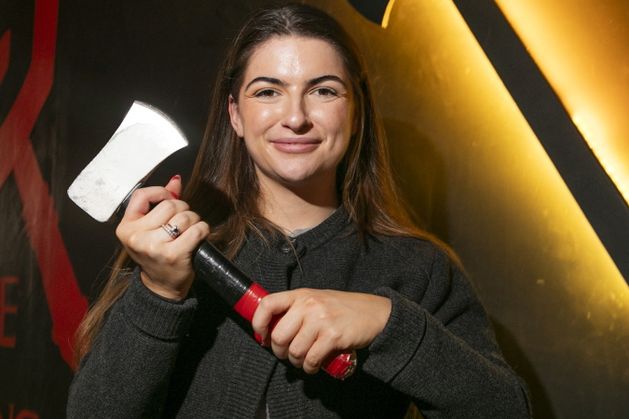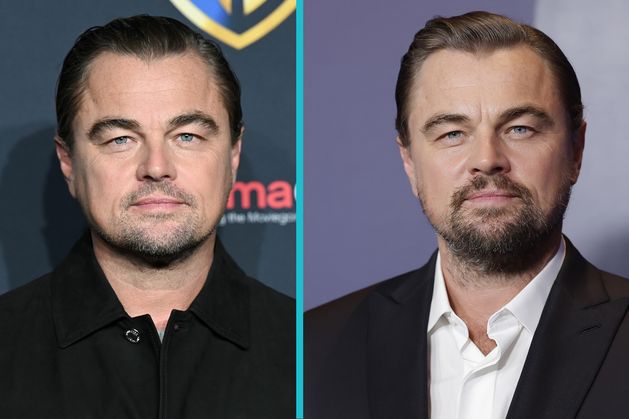## Leonardo DiCaprio’s “Midlife Makeover” – A Wake-Up Call for Men?
He’s known for captivating roles, envied looks, and a penchant for dating much younger women. But a recent string of bold fashion choices by Hollywood heartthrob Leonardo DiCaprio has sparked a conversation that extends far beyond the red carpet.

Could Leo’s “midlife makeover,” complete with statement jewelry and a move towards more mature, tailored looks, be a sign that men are finally waking up to the pressures and expectations placed upon them as they age?

For decades, women have faced relentless scrutiny over their appearance, facing societal pressure to conform to unrealistic beauty standards that seemingly tighten their grip with each passing year. Is DiCaprio’s transformation a subtle acknowledgment of these ingrained double standards, or is it simply a clever career move?

Beyond the Red Carpet: Men and the Pressure to Look Younger
Examining the Broader Societal Expectations Placed on Men’s Appearance
Leonardo DiCaprio’s recent transformation, opting for a darker hair color and a more sculpted look, has sparked a debate about the societal pressures men face regarding aging. While the actor has long been hailed for his youthful appearance, this shift suggests a growing awareness of the expectations placed upon men to maintain a youthful image, a pressure often likened to that faced by women for decades.
For years, women have been subjected to relentless scrutiny over their appearance, particularly as they age. The beauty industry relentlessly promotes products and procedures aimed at erasing signs of aging, perpetuating the notion that youth equals beauty and desirability. This pressure can be incredibly damaging, leading to low self-esteem, body image issues, and even anxiety disorders.
While men have traditionally been shielded from the same level of scrutiny, a growing body of evidence suggests that the pressure to appear young is increasingly impacting their well-being. This shift can be attributed to several factors, including the rise of social media, where curated images of perfection are readily available, and the increasing emphasis on visual representation in today’s competitive job market.
Comparing and Contrasting the Pressure Faced by Men and Women
Despite the growing awareness of the pressure on men, it is important to recognize that the experiences of men and women differ significantly. Women are often held to impossibly high standards of beauty from a young age, facing societal expectations that prioritize youthfulness and flawless appearance above all else. Men, on the other hand, have historically been encouraged to embrace a more rugged and masculine ideal, where aging is often seen as a sign of strength and experience.
However, the traditional male ideal is evolving. The rise of social media influencers, actors, and athletes who prioritize youthful looks has contributed to a shift in societal expectations. Men are now increasingly expected to conform to a similar standard of physical perfection, with visible signs of aging seen as a detriment to their attractiveness and success.
The Impact of Ageism on Opportunities and Self-Esteem for Men
The pressure to look younger can have a profound impact on men’s opportunities and self-esteem. Ageism in the workplace is a significant issue, with older men often facing discrimination in hiring, promotions, and salary negotiations. This can lead to feelings of frustration, resentment, and a diminished sense of self-worth.
Furthermore, the relentless focus on youthfulness can contribute to a negative body image for men. The constant barrage of idealized images can make it difficult for men to feel comfortable in their own skin, leading to anxiety, depression, and even eating disorders.
Redefining Masculinity: Embracing Age and Individuality
The Potential for “DiCaprio’s Makeover” to Spark a Broader Conversation About Masculinity
Leonardo DiCaprio’s transformation, while seemingly superficial, has the potential to spark a much-needed conversation about masculinity in the 21st century. The actor’s willingness to embrace a more mature appearance challenges traditional notions of male beauty and aging, suggesting that it is possible for men to age gracefully without conforming to unrealistic ideals.
This shift in representation can have a ripple effect, influencing how men perceive themselves and how society views them. By embracing age and individuality, men can break free from the constraints of traditional masculinity and define success on their own terms.
Challenging Traditional Notions of Male Beauty and Aging
For far too long, men have been pressured to conform to a narrow definition of masculinity that prioritizes youthfulness, physical strength, and stoicism. This narrow view can be limiting, preventing men from fully expressing their emotions, exploring their interests, and embracing the full spectrum of human experience.
By challenging these traditional notions, men can reclaim their narratives and redefine masculinity on their own terms. This means embracing vulnerability, celebrating diversity, and rejecting the pressure to conform to unrealistic beauty standards.
Encouraging Men to Embrace Their Age and Define Success on Their Own Terms
Aging is a natural and inevitable process that should be celebrated, not feared. As men age, they gain wisdom, experience, and a deeper understanding of themselves and the world around them. It is important for men to embrace this journey, recognizing that age is not a limitation but an opportunity for growth and fulfillment.
Ultimately, success should not be defined by external factors such as age, appearance, or wealth. It should be defined by individual values, passions, and contributions to society. By embracing their age and individuality, men can live more authentic and fulfilling lives.
Conclusion
Leonardo DiCaprio’s recent embrace of a more mature, even weathered, look has ignited a conversation about societal expectations for men. The article highlights how this seemingly simple change mirrors a growing awareness of the double standards that have long pressured women to conform to unrealistic beauty ideals. For decades, women have been scrutinized for their age, facing societal disapproval and professional setbacks for defying the “youthful” ideal. Now, DiCaprio’s “midlife makeover” suggests a potential shift in the landscape, where men are finally experiencing a similar pressure to conform, challenging the notion that aging gracefully is a solely feminine concern.
This moment, however, goes beyond just celebrity trends. It reflects a larger societal change, a questioning of rigid beauty standards and a push for greater inclusivity and acceptance. The future implications are profound. Will this newfound pressure on men to “age perfectly” lead to greater empathy and understanding for the struggles women have faced? Will it finally dismantle the archaic beauty standards that limit both genders’ potential? Or will it simply create a new set of unrealistic expectations, further fueling the cycle of insecurity and dissatisfaction? Only time will tell.
One thing is certain: DiCaprio’s “midlife makeover” has sparked a crucial conversation about the evolving nature of beauty and the enduring power of societal expectations. It’s a conversation we can no longer afford to ignore. Perhaps it’s a sign that the tide is turning, a ripple of change that will eventually wash away the outdated norms that confine us all.
